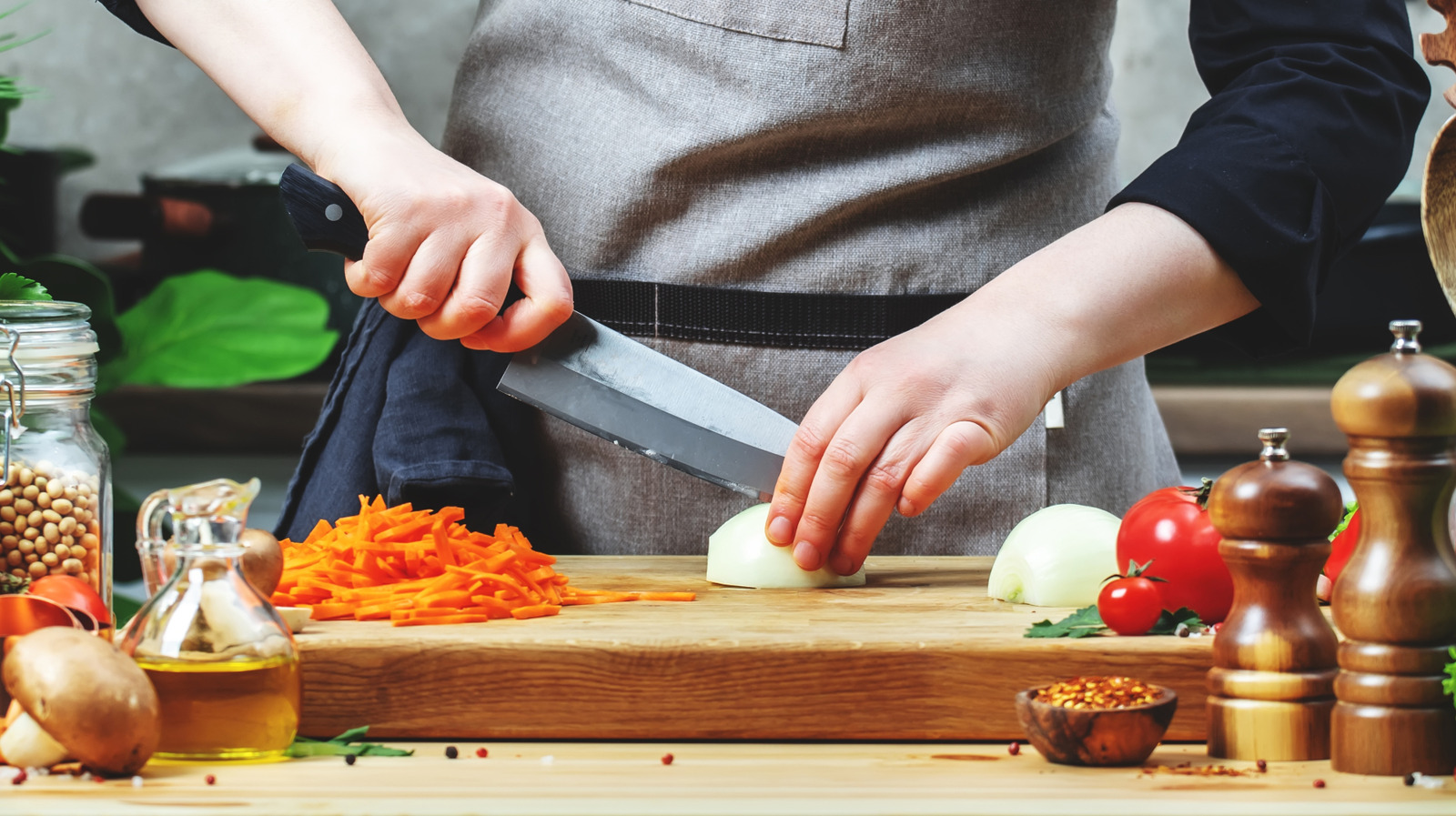
"If you know a thing or two about kitchen blades, you've probably encountered the santoku knife. This traditional style of Japanese kitchen knife has made its way around the world - and picked up a few changes along the way. But if you are picking up a proper santoku knife for the first time, there is one aspect of its craftsmanship that you need to understand: its handedness."
""In Europe and the U.S., santoku knives are mostly available with double-beveled edges," Horl notes, but a "single bevel is a traditional feature of Japanese craftsmanship." What that means is that some santoku knives are only sharpened on one side of the blade, with the other side being completely flat. "Single-beveled knives are specifically designed for the cutting hand," he reveals. "For right-handed users, the sharpened edge is on the right and the flat side faces left. For left-handed users, it's the opposite.""
The santoku is a traditional Japanese kitchen knife characterized by a flat blade and rounded top. Santoku serves as an Asian counterpart to the Western chef's knife, with versatile uses but distinct geometry. In Europe and the U.S., santoku knives are commonly sold with double-beveled edges, while the single bevel is a traditional Japanese feature. Single-beveled santoku knives are sharpened on only one side, leaving the opposite side flat. Single-beveled knives are designed for a specific cutting hand: right-handed versions have the sharpened edge on the right and the flat left side, and left-handed versions are reversed. Single-bevel edges allow particularly fine, clean cuts due to their asymmetrical geometry.
Read at Tasting Table
Unable to calculate read time
Collection
[
|
...
]